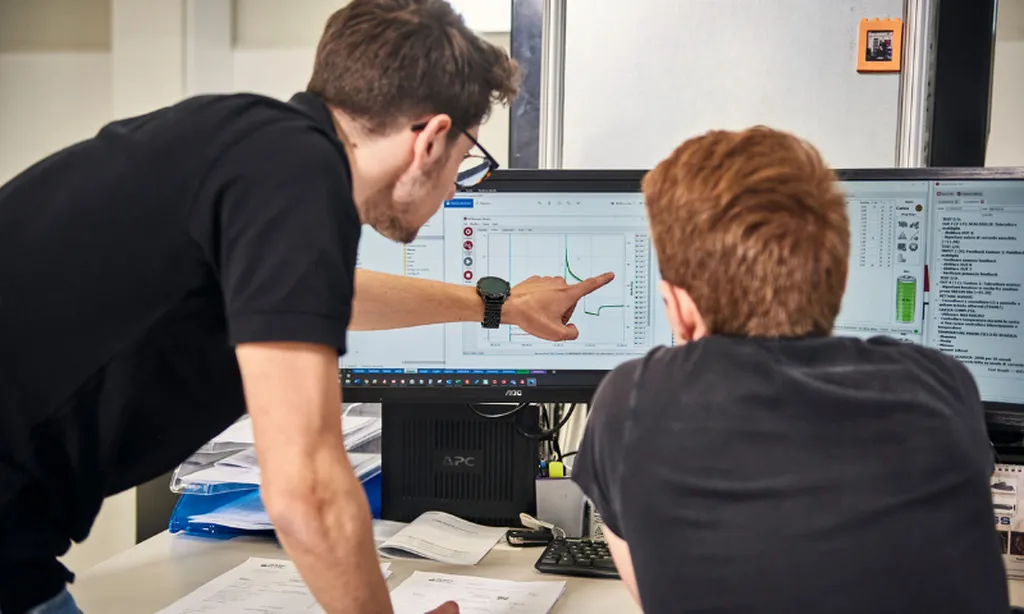Europe’s battery industry is undergoing a significant transformation, driven by the urgent need to reduce reliance on physical testing and accelerate innovation. At the heart of this shift is the Horizon Europe project THOR, which aims to revolutionise battery design, performance, and safety validation through the development of predictive digital twins. This initiative could reshape the competitive landscape of the energy transition value chain, where Europe, Asia, and the US are locked in a strategic race.
THOR’s mission is to replace a substantial portion of physical testing with virtual simulations, thereby accelerating design processes and reducing costs without compromising accuracy. The project’s core innovation is the development of a digital twin for batteries, a dynamic virtual replica that simulates performance, lifetime, and safety with high fidelity. This tool aims to reduce physical testing requirements by at least 50%, generating richer datasets that enable more precise optimisation of battery design, usage, and maintenance strategies.
The digital twin will integrate three predictive models—at cell, module, and pack levels—into a single platform. This system will provide real-time visualisation of capacity fade, thermal gradients, and safety margins, supporting faster and more reliable engineering decisions across the battery value chain. To achieve these objectives, THOR brings together a pan-European consortium combining experimental, computational, and industrial expertise.
The consortium includes CEA and INERIS (France), VUB (Belgium) for experimental testing, data generation, and model calibration; FEAC (Greece) for the development of the hybrid digital twin framework and AI integration; Varta Innovation (Austria), Flash Battery (Italy), and ENGIE-Laborelec (Belgium) for the provision of prototypal cells, modules, and battery packs, as well as testing under real-world conditions; and ICONS (Italy) and UNE (Spain) for dissemination, communication, exploitation, and alignment with European standardisation strategies.
The digital twin developed by THOR will operate through a graphical interface that delivers real-time predictions of performance, safety, and ageing. By transforming testing from a retrospective into a predictive process, THOR’s digital twin enables faster innovation cycles and more reliable product qualification. The project combines physics-based high-fidelity models with AI-driven approaches, merging models with experimental evidence to create a scalable digital twin capable of real-time, multi-scale predictions.
THOR has already achieved significant progress. Varta Innovation and Flash Battery have manufactured and distributed 757 cylindrical 21700 cells with NMC/Graphite and LFP/Graphite chemistries. Extensive testing campaigns have been conducted to calibrate high-fidelity models and establish new experimental methodologies. ENGIE-Laborelec has evaluated cell performance under photovoltaic cycling conditions, benchmarking predictive accuracy against real-world profiles. CEA and VUB achieved over 95% accuracy in capacity predictions at the cell level, while Flash Battery presented the first prototypes at module and battery pack levels.
As THOR moves forward, the focus will shift towards upscaling models to pack and module levels, ensuring predictive accuracy at higher system scales. Subsequent work will concentrate on numerical integration and model simplification, a critical step to ensure the digital twin can deliver real-time results without sacrificing fidelity. This transition will pave the way for a deployable tool capable of supporting both R&D workflows and operational decision-making in industry.
Industrial partners underline the practical importance of THOR’s work. Flash Battery stresses that digital twins and predictive maintenance will deliver measurable benefits across the supply chain, including higher production efficiency, reduced operating costs, enhanced safety, and improved sustainability. Varta Innovation highlights that the digital twin reduces the physical testing burden while providing deeper insights into cell behaviour, directly enabling faster product optimisation. ENGIE-Laborelec emphasises the role of digital twins in the stationary storage sector, where safety, reliability, and lifetime are critical.
THOR also aims to demonstrate that digital twins can achieve results comparable to physical testing, supporting future updates to international standards such as IEC and CENELEC on safety, energy efficiency, and battery management. The project is part of the TwinBatt Cluster, which unites four Horizon Europe projects—DigiBatt, THOR, AccCellBaT, and FASTEST—at the forefront of digital battery research.
The development of predictive digital twins by THOR could significantly impact the battery industry, accelerating innovation and reducing costs. By enabling faster and more reliable engineering decisions, this technology could enhance Europe’s competitiveness in the global energy transition value chain. The project’s success could also pave the way for broader adoption of digital twins in other industries, driving further advancements in technology and sustainability.

